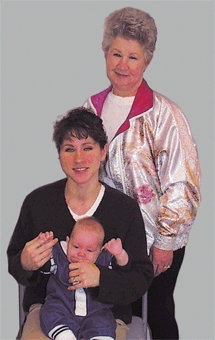
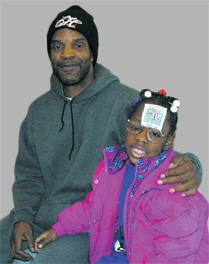
A Families These are typical families that, because of their concern, often ask questions about their child’s problem.
What Parents Should Know
About flatfeet, in-toeing, bent legs, and shoes for children
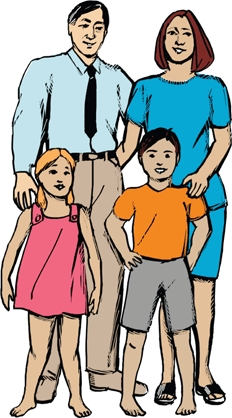
Most variations of normal childhood are outgrown.
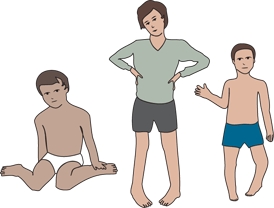
Your doctor will make sure things go well for your child.
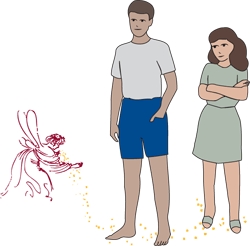
Mother Nature’s treatment is safe, inexpensive, and effective. Let the magic of time and growth correct the problem.
Bowlegs and Knock-knees
During their normal development, infants often have bowlegs. With growth, the child may then become knock-kneed by about 18 months of age. Special shoes, wedges, inserts, or exercises only make the child feel bad and do not correct the shape.
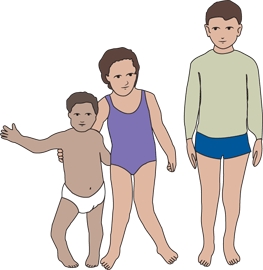
Your doctor will decide if your child’s legs are normal. If normal, the condition will correct with time.
Your doctor may be concerned if the condition is:
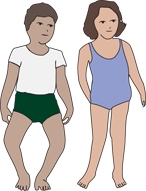
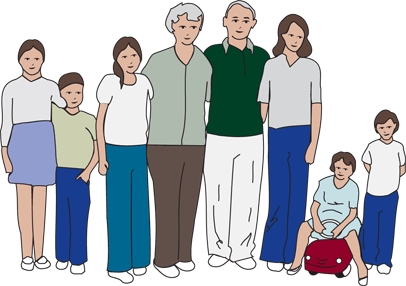
or runs in the family—especially if the family tends to be unusually short in stature.
Torsion
In-toeing is common in childhood and is usually outgrown.
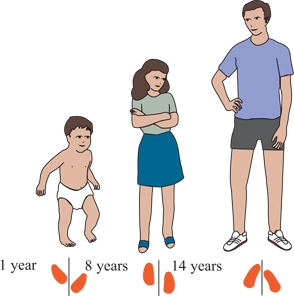
There are three causes of in-toeing that your doctor can determine:
1. Hooked foot
2. Tibial torsion
3. Femoral torsion
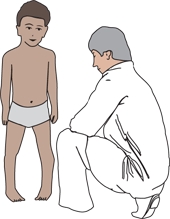
Hooked Foot
Hooked foot is caused by the position of the baby before birth.
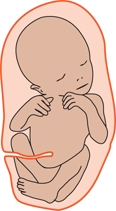
Most hooked feet get better without treatment during the baby’s first months, although improvement may be seen throughout the first three years.
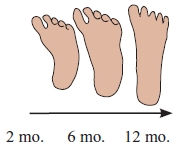
Rarely, the hooked foot is stiff, persists, and may require treatment with a cast or splint. Special shoes do not correct this condition.
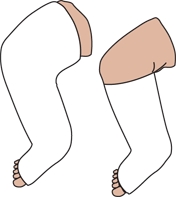
Tibial Torsion
Tibial torsion is an inward twist of the lower leg. It is a variation of normal that is very common during infancy and childhood.
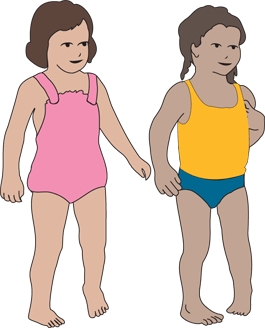
Splints, exercises, braces, or shoe modifications do not correct the twist and may, in fact, be harmful. Most legs with tibial torsion straighten without treatment during infancy and childhood.
Femoral Torsion
Femoral torsion is a twisting of the thigh bone, causing an inward rotation of the leg. The cause of femoral torsion is unknown. Femoral torsion is most severe when the child is about 5 or 6 years old. Most children outgrow this condition by the age of 10 years.
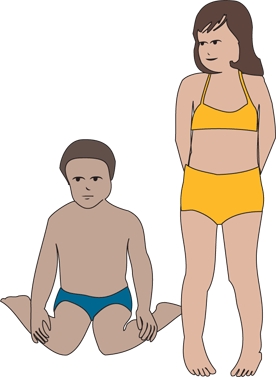
Shoe inserts, modifications, or braces do not correct this condition. They may make the child uncomfortable and self-conscious, and may hamper play.
Flatfeet
Parents worry about flatfeet, but…
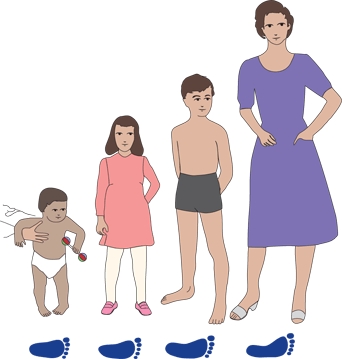
…flatfeet are normal in infants, children, and adults. Special shoes, inserts, wedges, or exercises do not create an arch in a child with a flexible flatfoot.
Did You Know?

Stay updated, free articles. Join our Telegram channel

Full access? Get Clinical Tree








